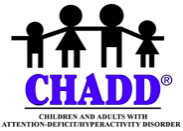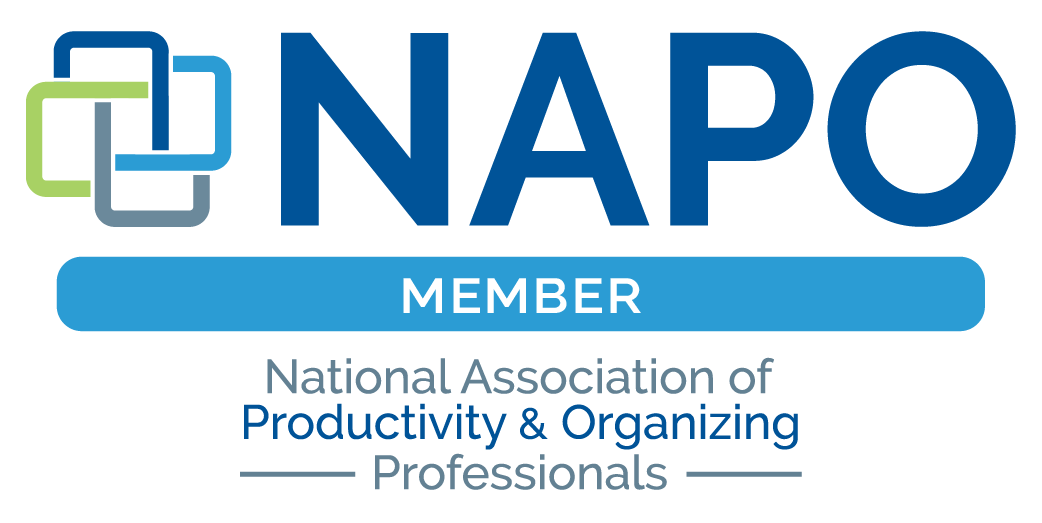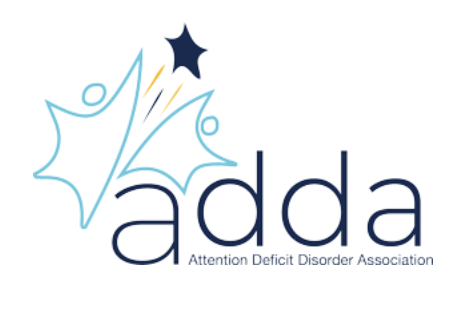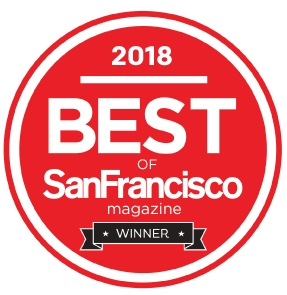This year has been anything but what any of us thought it would be. Beginning March 4th, client, social, and medical appointments were x-ed out in my planner at an unusually accelerated rate. In the before times, I’d erase changes or cancellations, but this has been a year to hold on to those unused dates. Calendar hygiene and tidiness took a backseat.
Unlike those who bemoaned the fact that they purchased a planner they weren’t going to use very much, I’m glad to have a physical record of the ebbs and flows of pandemic life: the stay at home times, the array of distanced onsite and virtual client sessions, the few distanced social visits, and the zoom calls and events attended online instead of in person. Six or seven years down the road, it’ll be an interesting document to thumb through before deciding if it gets relocated to a memorabilia box or destroyed with the its companion tax documents.
As a tactile being who enjoys the immediacy of writing and all the sensory feels and sounds of turning pages, paper is where it’s at for me. When the paperless office was becoming a thing, I tried to make the switch by starting with an online calendar. Attempting this flavor of eco-friendliness turned into a complete and under nope. Too many fingertip taps were required to type out details or retrieve information. Flipping to an actual page is faster. Writing is easier, legibility be damned! Grabbing a planner book – without the need for an internet connection or a charged device – was and still is my way to go.
I was heartened a year or two ago when I chatted up the cashier at the old-school stationery store in downtown San Francisco. Wondering if I was one of the few people buying a planner book, I was told the uptick in sales had been increasing over the past few years as people returned to the tried and true physical thing. Paper is not going away!
Fast forward to last month when I attended the 2020 Virtual International Conference on ADHD. I sat in on two sessions about planners. Why? Because time and task management are challenges that affect my ADHD clients, and one of the things that can truly help is identifying and integrating the right tools. While the content was geared toward those with ADHD, the main takeaways would have been useful to anyone with a curiosity about how and why to choose one particular planner over another.
For starters, a calendar or planner works when it gets used in the ways it’s meant to serve you. Developing a habit of integrating it into your life as well as having one that works for you are essential. As Cris Sgrott, an organizer colleague from the D.C. area noted during her presentation, there needs to be a connection between you and a planner that determines how you commit to it. You know, kind of like dating. I like to think of it as a friend you want to hang out with and not a taskmaster to avoid.
What attracts and what helps you can be two very different things, so thinking through the variety of criteria – including size, layout, binding, accessories, and aesthetic – will help you pinpoint what may work best. A few thoughts and questions to chew on regarding each criteria follows. These are the same considerations I talk through with clients when they are seeking a new and better (for them) planning and calendaring tool.
- Size matters. From pocket size to full page to huge sheets of craft paper or whiteboards on the wall, what are the ideal dimensions for you? Size considerations are about portability, visibility, usability and legibility (depending on your hand-writing). Think about a Goldilocks Test: What’s too small, too large, or just right?
- Layout at a glance. What kind of pages do you need to see in order to envision and plan? One day, week, or a month at a time? Does that information need to be across two pages or one page? If you prefer weekly, do you prefer the days as columns from left to right, or vertically from top to bottom? Do you need space for any note taking or list making? Drilling a little deeper, do you prefer lined or unlined spaces for writing? Do you even want or need pages? Did you imagine there were so many options?
- Binding. Here’s a detail many people don’t think much about: spiral, discbound, ring, sewn, or glued to the spine? Do you want the planner to lay flat when opened? Do you want the ability to “fold” the book with one page open at a time? Do you want the freedom to add, subtract, or move around pages as you go through the year, or is a fixed volume adequate? And while we’re here, what about the cover? Hardcover or softcover? Do you want it to be flexible or stiff?
- Accessorize it? What kind of extras might provide excitement and/or motivation? Stickers are popular for pops of pizzazz, reminders, and rewards. Might a variety of colored pens or markers add to engagement fun with color coding of activities and priorities? How about an attachable pen holder?
- Aesthetics matter. There are planners and calendars styled for every taste. They range from fanciful and pretty to uncluttered and utilitarian. Some have inspirational photographs, illustrations, and quotes, and others are bare and basic.
All this to say there are so many options to look for and choose from. What is right for you is right for you.
Can you tell a planner by its cover? Sometimes. The Moleskine planners I’ve been using for years have unadorned monochromatic covers. (I have also chosen black but this year the store only had red in stock.) I like the neutrality and quiet of an unfussy cover, especially when I’m onsite with client and pull it out for scheduling future sessions. Keeping the attention on the client is more important than a catchy visual to distract them and take up more of their time. Surprisingly, there have been instances when clients have asked to see the pages of my planner. The clean simplicity of the layout has appealed to several who decided to make a switch. This year was the first time I chose to adorn mine with a sticker, though my clients don’t get to see it since the majority of my work with them has been remote (a.k.a. virtual organizing).
For 2021, I’m sticking with the style of planner that works for me – one week at a time with an adjacent page for making notes – but I’ve switched brands. Looking towards a more optimistic and sustainable future, I’m trying something new and zero waste. I look forward to turning some crisp new 100% post-consumer recycled chlorine-free pages of the only (for now) planner offered by Wisdom Supply Co., a women-owned San Francisco-based company. (It also happens to be a B-Corp, related to the benefit corporation legislation I documented for a post in 2011.) It’s got some sweet unexpected features, such as holidays printed on the bottom of the page for the week they occur. Small but subtle helpers like this can make a big difference for planning at a glance. The embossed cover is a happy thing for the tactile-inclined. This may not be the type of excitement you’d be looking for, but it’s already brought a glimmer of positivity to my days.
Featured image: Look at the difference between my 2020 and 2021 planners!







I absolutely agree with the desire for a tactile and electricity free calendar! Full disclosure, I print out my mac calendar that already has birthdays on it and staple them together to create my own calendar.
DIY is a great way to do it, and there’s nothing more simple and functional than a staple.